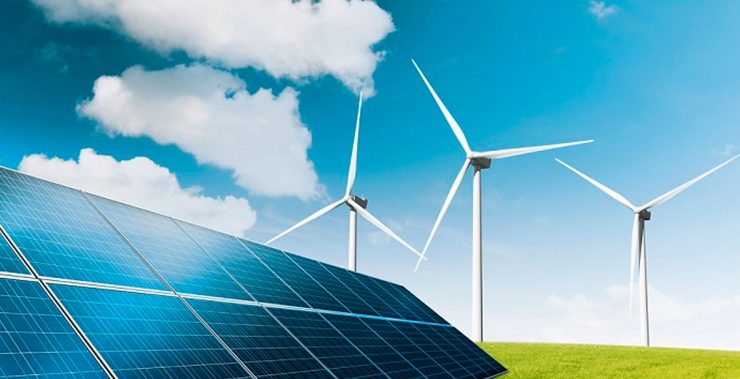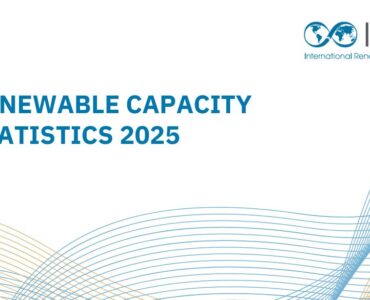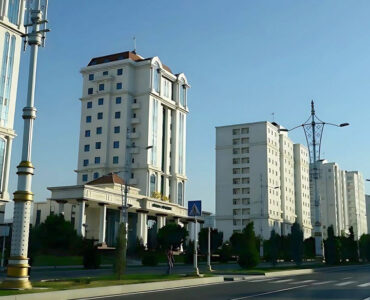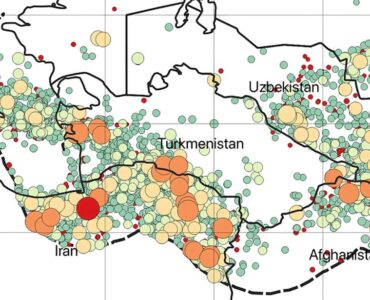In July 2022 Çalık Enerji started the construction of a 10 MW hybrid solar-wind power plant near the recently completed artificial lake Altyn Asyr following the presidential decree. The operation of the power plant is expected to start by January 2024. Çalık Enerji is the leading energy infrastructure provider in Turkmenistan, with a significant presence in the Central Asian and Middle Eastern region and expertise in renewable energy technologies.
According to the state news agency of Turkmenistan, the power plant will consist of a 7 MW solar PV field and a 3 MW wind power plant. The capacity of the solar PV plant is decent for a first solar PV project in the country, which translates to roughly 7 hectares of land for installations. The wind power plant will translate to approximately 1-3 wind turbines, depending on the chosen turbine capacity, as the latest statistics for wind turbine installations by the U.S. Department of Energy shows that the average turbine size reached 2.75 MW in 2021.
Little is known about the Turkmen company “Täze energiýa” that will maintain the infrastructure.
The project’s scale
The 10 MW is a good start, but it is minuscule, representing less than 1% of the total installed power capacity in the country (IRENA, 2021). According to the calculations by the state news agency of Turkmenistan, the solar PV plant is expected to produce on average 1 372 MWh of electricity per year and, similarly, the wind power plant is forecasted to produce 0.835 MWh of electricity. It is hard to understand the calculations behind these numbers, but a 3 MW wind plant producing 0.835 MWh of electricity would mean it operates less than 1 hour per year and remains off for 8759 hours. This either points to the lack of expertise at the reporting entity or lack of care to put an effort to correctly report the numbers to the public, or both.
Similarly, the solar PV panels would only work 196 hours or 32 days a year (with ~6 hours of sunshine per day). A quick back-of-the-envelope calculation shows that a 7 MW solar PV plant at this location could theoretically produce over 10 000 MWh of electricity, according to the Global Solar Atlas site irradiation info. Likewise, a 3 MW wind turbine can produce approximately 10 000 MWh of electricity, according to Satymov et al. (2022). Yet again, that amount of electricity would represent less than 0.1% of total electricity generation in the country in 2020. The power plant is intended to provide electricity for the villages that will “hopefully” start popping up around the new Altyn Asyr lake. It appears that the area was uninhabited previously, as the lake did not exist before.
Turkmenistan already lags behind its Central Asian neighbors in renewable share of electricity generation, as Kazakhstan and Uzbekistan are ramping up their renewable energy technology installations and Kyrgyzstan and Tajikistan are reaching over 90% of renewable electricity generation, mostly thanks to the favorable geography well-suited for hydropower.
Source: IRENA, 2022
While Turkmenistan is blessed with natural gas resources, it has even more potential for solar and wind energy. Harnessing the renewable resources would enable Turkmenistan to fully switch to 100% renewables for domestic consumption and possibly even export electricity to the neighboring nations, for example to Afghanistan and Pakistan via the TAP cross-border interconnection, currently being built by the same Çalık Enerji. Turkmenistan should quickly ramp up renewable energy technologies installations for its own prosperity. Moreover, the clean energy technologies can create hundreds of thousands of jobs desperately needed for the country right now.
Rasul Satymov







